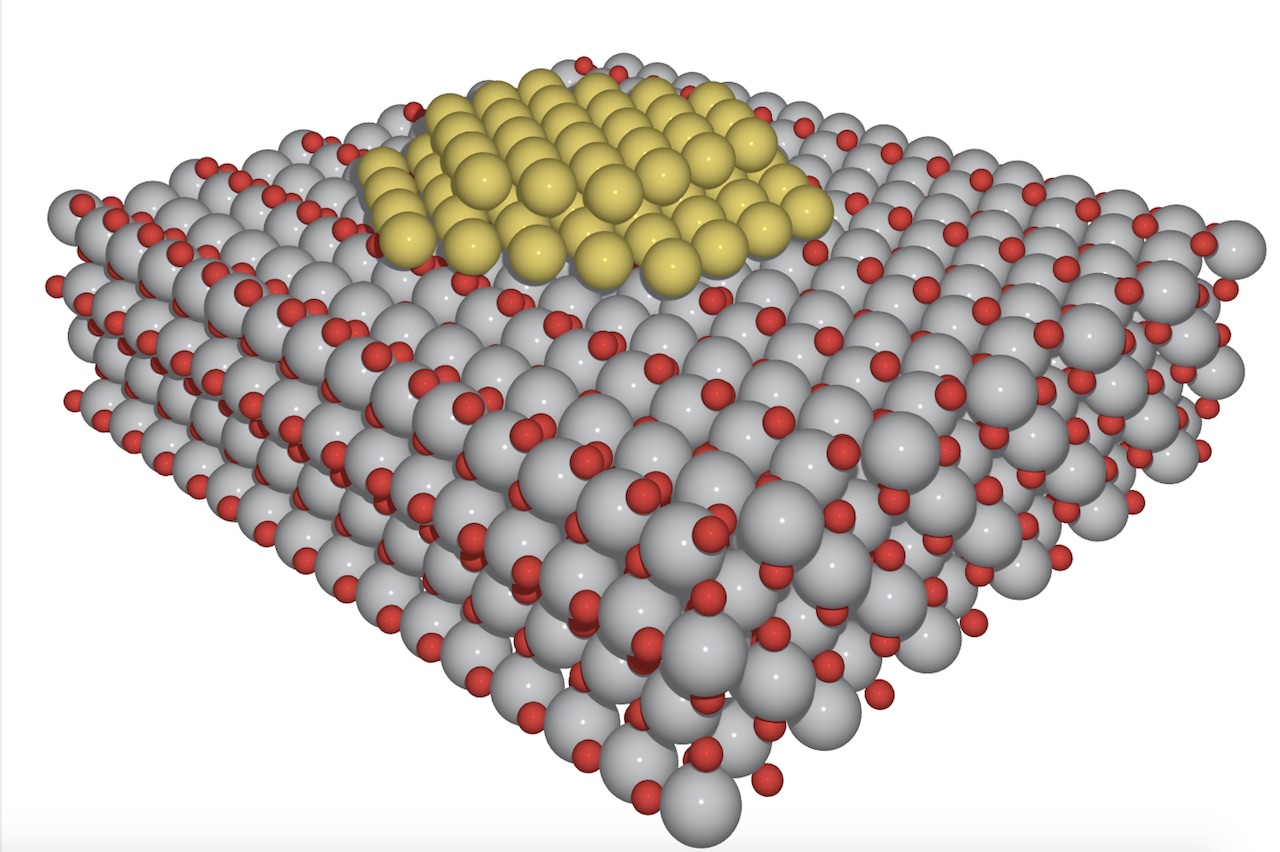General Statements About Force of Friction Easy Definition
What is friction?

Friction is the resistance to motion of one object moving relative to another. According to the International Journal of Parallel, Emergent and Distributed Systems (opens in new tab), it is not treated as a fundamental force, like gravity or electromagnetism. Instead, scientists believe it is the result of the electromagnetic attraction between charged particles in two touching surfaces.
Scientists began piecing together the laws governing friction in the 1400s, according to the book Soil Mechanics (opens in new tab), but because the interactions are so complex, characterizing the force of friction in different situations typically requires experiments and can't be derived from equations or laws alone.
For every general rule about friction, there are just as many exceptions. For instance, while two rough surfaces (such as sandpaper) rubbing against each other sometimes have more friction, very smoothly polished materials (such as plates of glass) that have been carefully cleaned of all surface particles may actually stick to each other very strongly, according to The Royal Society (opens in new tab).
Types of friction
There are two main types of friction: static and kinetic, according to the journal The Physics Teacher (opens in new tab). Static friction operates between two surfaces that aren't moving relative to each other, while kinetic friction acts between objects in motion.
In liquids, friction is the resistance between moving layers of a fluid, which is also known as viscosity. In general, more viscous fluids are thicker, according to the journal Dysphagia (opens in new tab), so honey has more fluid friction than water.
The atoms inside a solid material can experience friction as well. For instance, if a solid block of metal gets compressed, all the atoms inside the material move, creating internal friction.
In nature, there are no completely frictionless environments, according to the American Physical Society (opens in new tab): even in deep space, tiny particles of matter may interact, causing friction.

Coefficient of friction
Two solid objects moving against each other experience kinetic friction, according to the journal Physical Review Letters (opens in new tab). In this case, the friction is some fraction of the perpendicular force acting between two objects (the fraction is determined by a number called the coefficient of friction, which is determined through experiments). In general, the force is independent of the contact area and doesn't depend on how fast the two objects are moving.
Friction also acts in stationary objects. Static friction prevents objects from moving and is generally higher than the frictional force experienced by the same two objects when they are moving relative to each other, according to the journal Wear (opens in new tab). Static friction is what keeps a box on an incline from sliding to the bottom.
Applications of friction
Friction plays an important part in many everyday processes. For instance, when two objects rub together, friction causes some of the energy of motion to be converted into heat, according to the American Chemical Society (opens in new tab). This is why rubbing two sticks together will eventually produce a fire.
Friction is also responsible for the wear and tear on bike gears and other mechanical parts. That's why lubricants, or liquids, are often used to reduce the friction — and wear and tear — between moving parts, according to the Journal of Mechanical Design (opens in new tab).
Additional resources
You can hear more about how friction in space works from astronaut Paul Richards (opens in new tab). Additionally, you can read more about the different types of friction in this article from World Atlas (opens in new tab).
Bibliography
"Logical and information aspects in surface science: friction, capillarity, and superhydrophobicity". International Journal of Parallel, Emergent and Distributed Systems. https://www.tandfonline.com/doi/abs/10.1080/17445760.2017.1419350 (opens in new tab)
Lambe, T. W., & Whitman, R. V. "Soil mechanics" Vol. 10 (1991). John Wiley & Sons. https://books.google.co.uk/books?id=oRLcDwAAQBAJ&pg=PA62&lpg=PA62&dq=laws+of+friction+1400s&source=bl&ots=rKx9ZWwiml&sig=ACfU3U0PBzqILMCPr29_W7mr_HhZt8qqhQ&hl=en&sa=X&ved=2ahUKEwi8i6Of-u31AhWXi1wKHeLaAssQ6AF6BAgsEAM#v=onepage&q=laws%20of%20friction%201400s&f=false (opens in new tab)
"The effect of surface roughness on the adhesion of elastic solids". Proceedings of The Royal Society A (1975). https://royalsocietypublishing.org/doi/10.1098/rspa.1975.0138 (opens in new tab)
"The Effect Surface Temperature Has on Kinetic Friction". The Physics Teacher (2005).https://aapt.scitation.org/doi/abs/10.1119/1.1869429 (opens in new tab)
"Serving Temperature Viscosity Measurements of Nectar- and Honey-Thick Liquids". Dysphagia (2008). https://link.springer.com/article/10.1007/s00455-007-9098-z (opens in new tab)
"Photons Are a Drag". American Physical Society (2003). https://physics.aps.org/story/v12/st22 (opens in new tab)
"Nature of Mechanical Instabilities and Their Effect on Kinetic Friction". Physical Review Letters (2002). https://journals.aps.org/prl/abstract/10.1103/PhysRevLett.89.224301 (opens in new tab)
"On the nature of the static friction, kinetic friction and creep". Wear (2003). https://www.sciencedirect.com/science/article/abs/pii/S0043164803002345 (opens in new tab)
"Effects of Frictional Loss on Bicycle Chain Drive Efficiency ". Journal of Mechanical Design (2001). https://asmedigitalcollection.asme.org/mechanicaldesign/article-abstract/123/4/598/445688/Effects-of-Frictional-Loss-on-Bicycle-Chain-Drive (opens in new tab)
Source: https://www.livescience.com/37161-what-is-friction.html